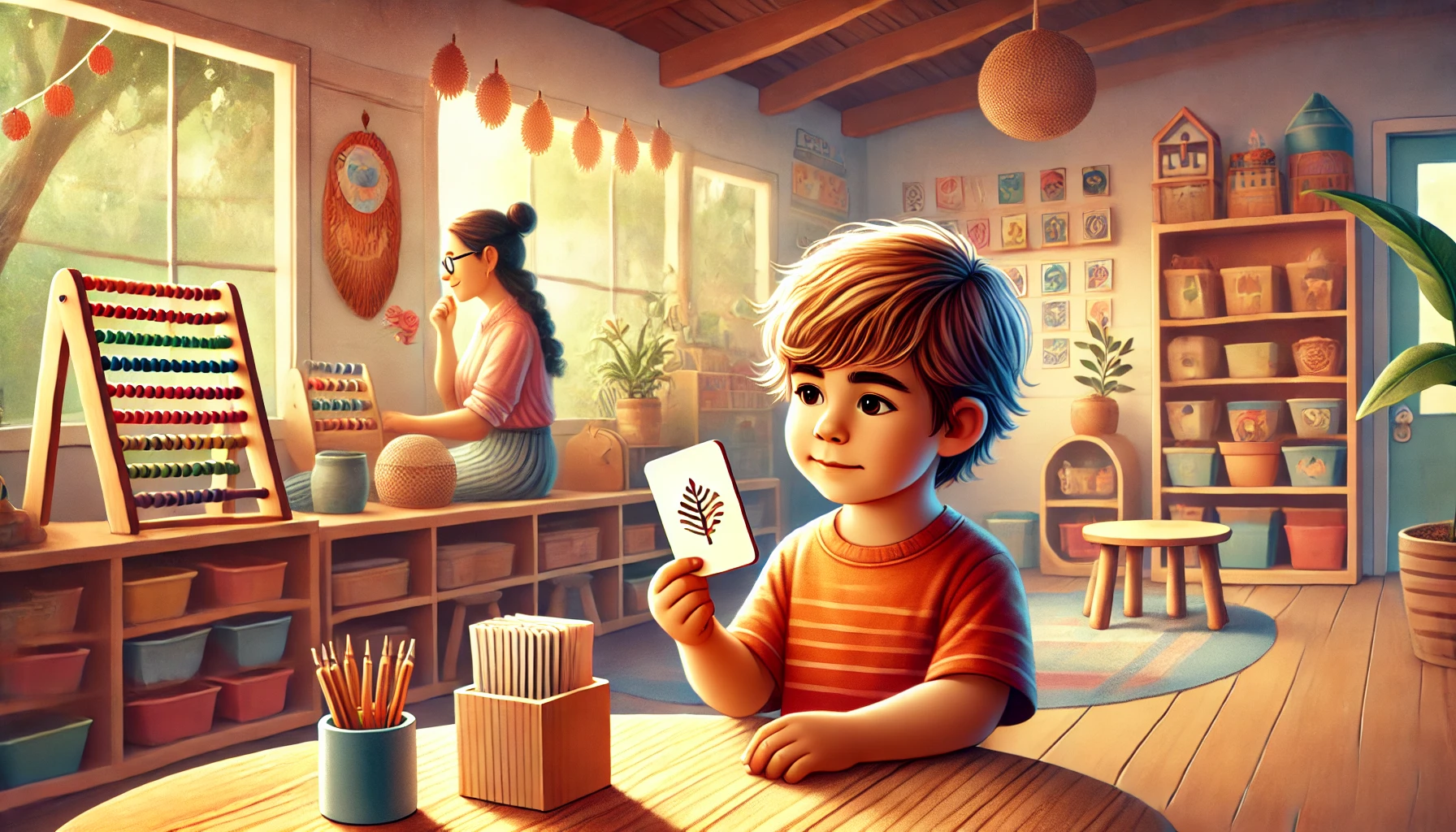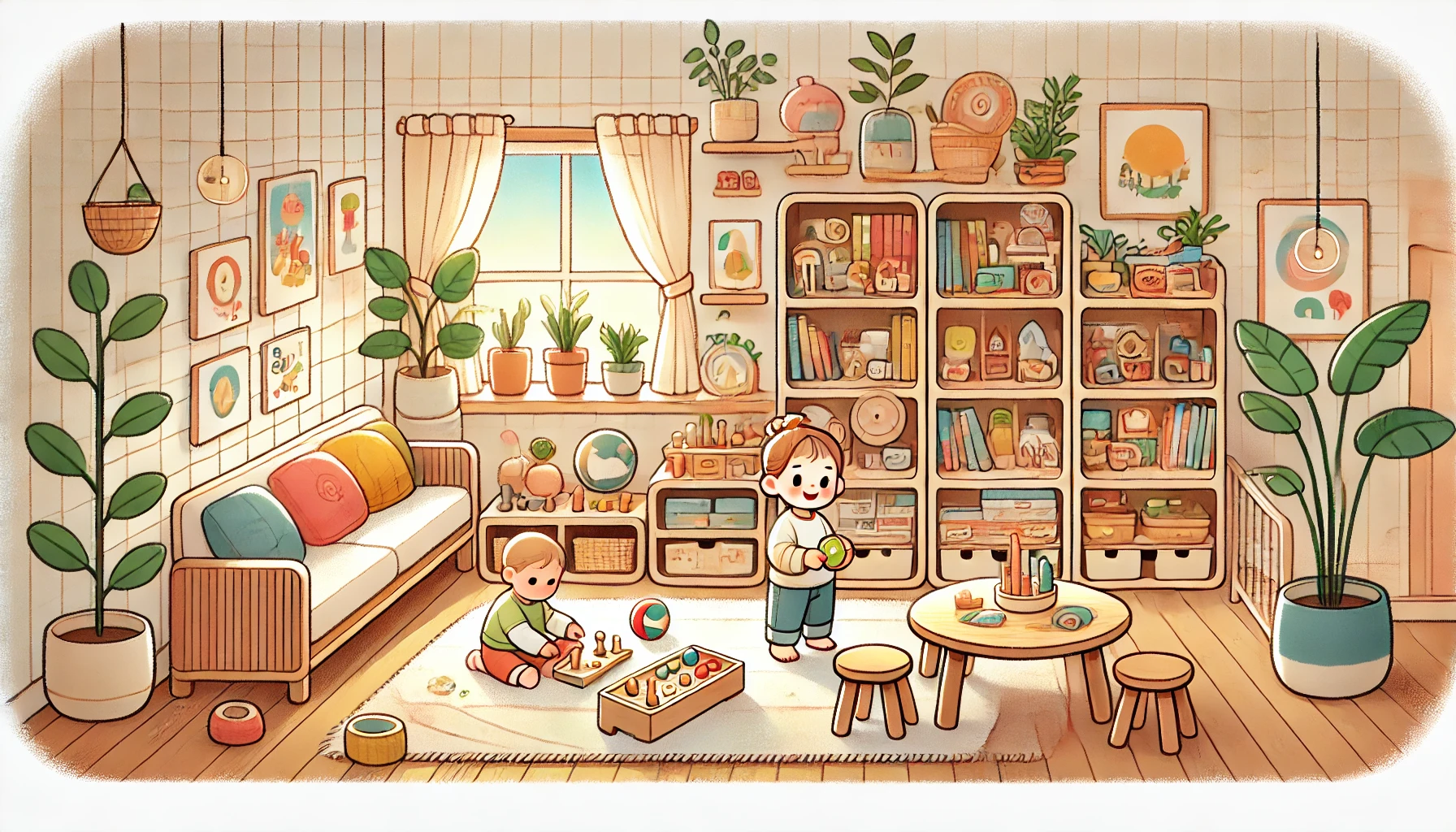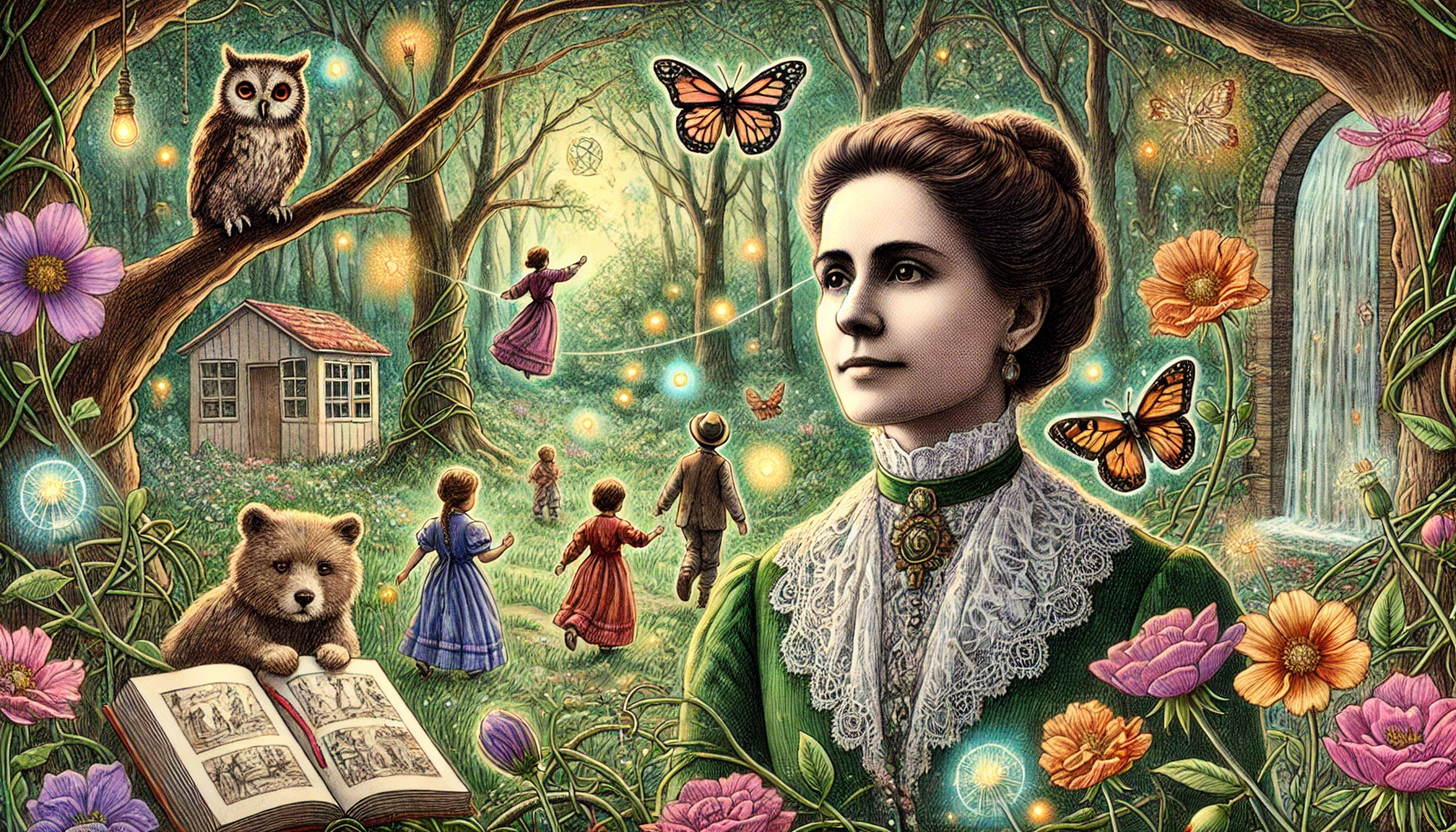
What Are Montessori Color Tablets, and How Do They Help My Child Learn?
In a Montessori classroom, every material is carefully designed to support a child’s natural curiosity and learning journey. Among these, the Montessori color tablets are a fascinating and engaging tool that helps children explore the world of color, refine their senses, and develop focus and concentration. But what exactly are Montessori color tablets, and how do they work? Let’s dive into how this seemingly simple material is a powerful tool for learning.
What Are Montessori Color Tablets?
Montessori color tablets are small, rectangular tablets, each painted with a specific color. They come in three sets that range in difficulty and complexity:
- Color Box 1: The first box includes primary colors—red, yellow, and blue—introducing the child to basic color recognition.
- Color Box 2: The second box adds a wider range of colors, including secondary colors like green, purple, orange, and a few more, to expand the child’s color vocabulary.
- Color Box 3: The third box contains a much larger variety, with shades and gradients of colors. This advanced set allows children to match subtle variations and refine their ability to distinguish between different hues.
These tablets are beautiful to look at, easy to handle, and made with care to be appealing to children’s natural sense of order and beauty.
How Are Color Tablets Used in the Montessori Classroom?
In the Montessori environment, children are encouraged to explore materials independently or in small groups. The teacher introduces the color tablets as part of a sensorial lesson, showing the child how to work with the materials.
Here’s a breakdown of how each set is used:
- Color Box 1 (Primary Colors): The teacher will introduce the three primary colors to the child, giving each color a name and helping the child identify and match the colors. The child then practices pairing matching colors, reinforcing their understanding of primary colors in a hands-on, interactive way.
- Color Box 2 (Expanded Colors): After mastering the primary colors, the child moves on to Color Box 2, where they begin learning secondary and tertiary colors. This set is designed to help children distinguish between more colors, expanding their vocabulary and observational skills.
- Color Box 3 (Color Gradations): In the final set, children are introduced to shades of each color, which requires careful observation and subtle matching skills. Children can arrange colors in gradient order, from light to dark, enhancing their ability to perceive subtle differences in color and shade.
Throughout each lesson, the teacher guides the child to handle the tablets gently, place them in order, and appreciate the process of discovery. This structure also teaches children self-discipline and care for the materials.
What Do Children Learn from Using Color Tablets?
Montessori color tablets aren’t just about recognizing colors. They support a child’s development in multiple ways:
1. Refining the Visual Sense
Color tablets help children refine their sense of sight. By learning to distinguish between various colors and shades, children become more aware of visual details and subtleties in their environment. This heightened perception supports other areas of learning, such as reading, where visual discrimination between similar shapes (like letters) is crucial.
2. Building Focus and Concentration
The process of matching colors and arranging them in gradients requires concentration and focus. Children take time to carefully examine each color, make decisions, and complete the activity from start to finish. This practice builds their ability to focus on a task—an essential skill they will carry into all areas of learning.
3. Expanding Vocabulary and Language Skills
With each new color introduced, children learn to name and describe what they see. This vocabulary development strengthens their language skills and encourages them to observe the world with greater awareness. When children begin to use terms like “lavender,” “turquoise,” or “scarlet,” they develop a richer language that allows them to express themselves more fully.
4. Fostering Creativity and Aesthetic Appreciation
By exploring colors in various shades and tones, children cultivate an appreciation for beauty and harmony. They begin to recognize how colors relate to each other and how shades shift from one end of the spectrum to the other. This awareness of color inspires creativity and helps children develop a sense of aesthetics that will serve them well in art, design, and other creative pursuits.
Why Color Tablets Matter for Your Child’s Development
The Montessori approach to learning is based on fostering the child’s natural development rather than simply teaching facts. Color tablets are an excellent example of how Montessori materials support this philosophy by providing a hands-on, sensory experience that engages children deeply and meaningfully.
By using color tablets, your child is not only learning colors but is also developing their observational skills, vocabulary, and a sense of order. This seemingly simple activity has a profound impact on their growth, helping them build foundational skills that they will carry throughout their lives.
At Language Garden Montessori, we incorporate materials like color tablets to support each child’s unique learning journey. We believe that by engaging children in rich, meaningful activities, we help them develop a deep, joyful love for learning.






























